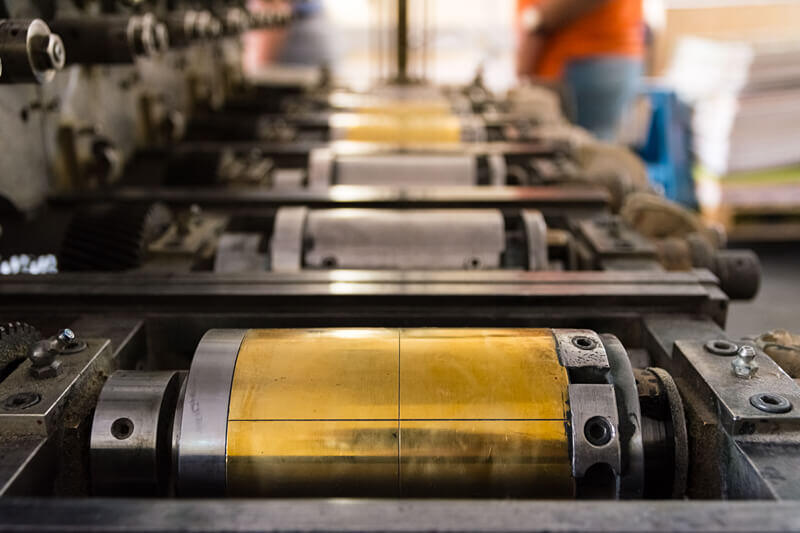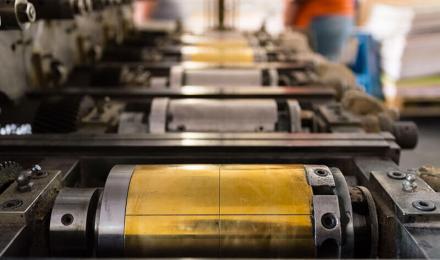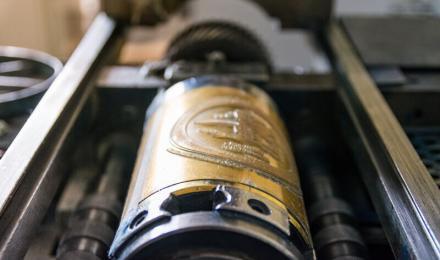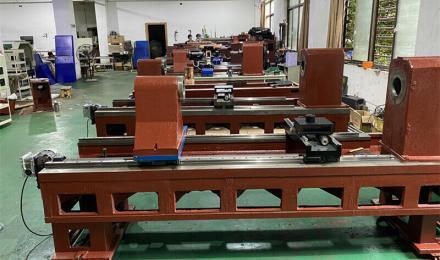Electronic engraving is widely used in the printing industry because of the numerous benefits it offers. Unlike laser engraving technology, this type of engraving uses a diamond stylus to engrave the print cylinder. Some of the benefits it has over other engravings is low cost and excellent quality prints.
The issue of quality standards is one of the most talked-about when it comes to this type of print engraving. There are several things to consider when it comes to this issue. Many factors come into play when looking at the quality standards of the electronic engraving. Of course, the kind of engraving printing will be a big factor to consider.
Here are three main things you need to consider when checking the quality standards of electronic engraving:
1. Size and Depth of Mesh Electronic Engraving
Quality standards of electronic engraving in gravy printing are determined by electronic mesh engraving size and depth. This is a significant factor to consider, as it will determine several things, including print quality. If you are using concave plates, it has either a laser engraving or an electronic beam engraving concave plate. The size and depth of the mesh matter a lot. However, it is a factor that’s related to many other things but more so the model of the engraving machine.
The other factor determining the size and depth of the mesh electronic engraving is the number of wires and the angle of the carving needle. The hardness of the copper coating and product quality also determines the mesh engraving’s size and depths. With all these factors, it is only fair to say that specifying the value is not possible. That’s because a slight change will affect all other factors.
By industry standards, there should be 70 lines/ cm. The carving knife carving angle should be 130 degrees. But when working on a unique type of engraving, these factors might change depending on the requirements. That’s one way that quality standards can be achieved.
2. Overprinting Error
Overprinting error is another crucial requirement in specifying quality standards. It’s a printing factor common to multi-colored printing. As the name suggests, the overprinting error is the problem of printing one color on top of the other. It is one of the problems that will greatly damage the quality of prints. That’s why it should be taken seriously to ensure the quality of the print is not compromised.
The overprinting error of carved concave plate is one of the factors that cause poor impermission. That’s one of the factors that you need to consider when doing electronic engraving gravy printing. There are several ways that this problem can be assessed. One of them is getting the right printing film that offers the required overprint tolerance. The condition of the printing system also needs to be checked.
Therefore, to specify quality standards for electronic engraving, the overprinting error is major content to check. But it’s a problem that can be fixed easily, especially if you are working with a digitized unit.
3. Print Density Value In The Industry
The other thing that you need to consider when specifying electronic engraving gravy printing quality standards is the printing density value. It is an important aspect of printing because it determines the quality of the end print. As the same suggests, print density is the measure of the light that the substrate can reflect. Or in simple terms, print density is how dark the print appears after each print strike.
For electronic engraving gravy printing, quality standards can be used to specify the levels, including the density range of printing color. The same standards could also specify the level of order-toned value of the monochrome printing. Since monochrome imprints are the most common, you need to understand the various density.
Do note that there are two main color print density ranges that specify electronic engraving quality standards. They are the dark density range and bright light density range. Both have different ranges depending on various factors.
In conclusion, the quality standards of electronic gravy printing are determined by the three discussed components. These are the key requirements that you must get right to produce a quality print.






